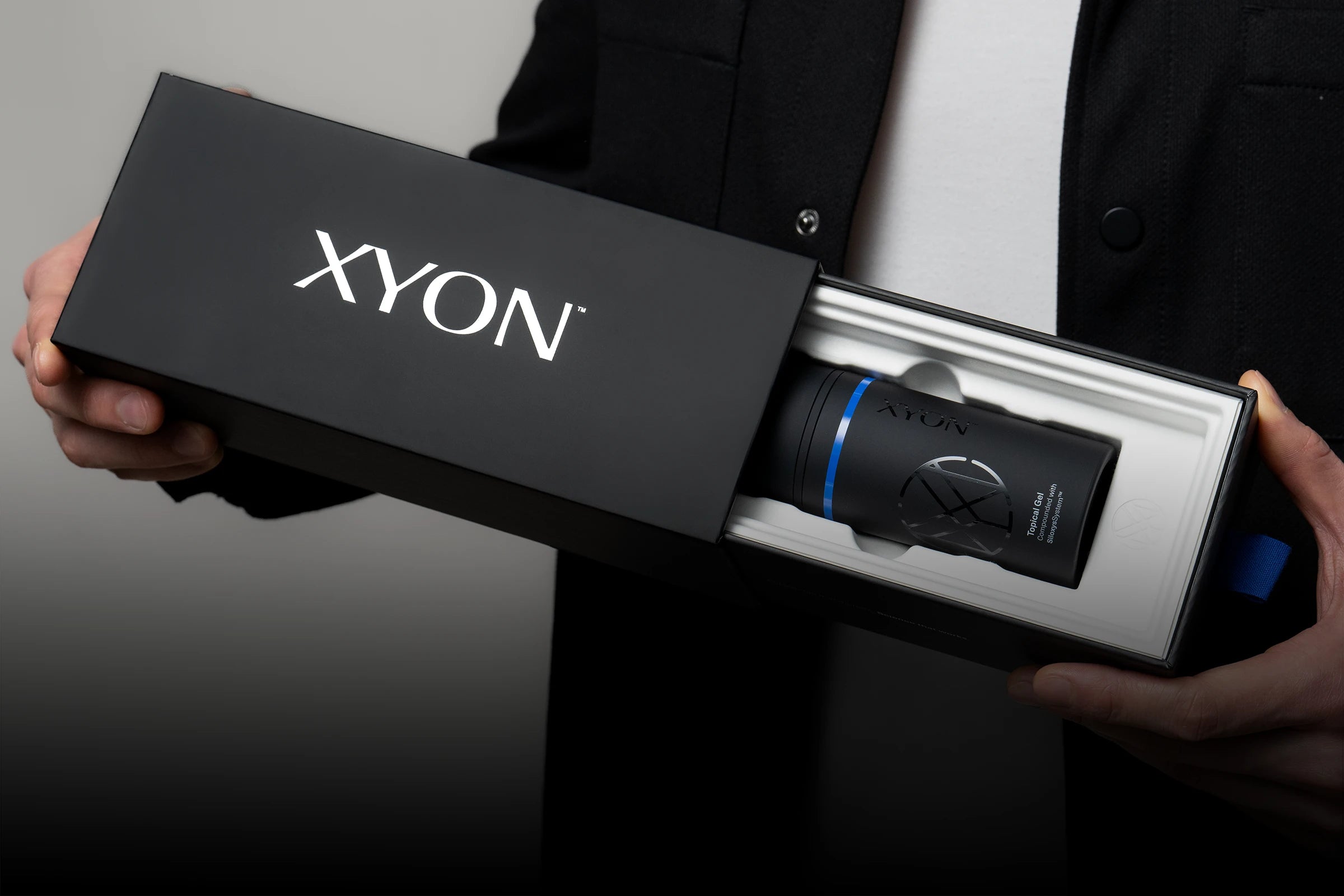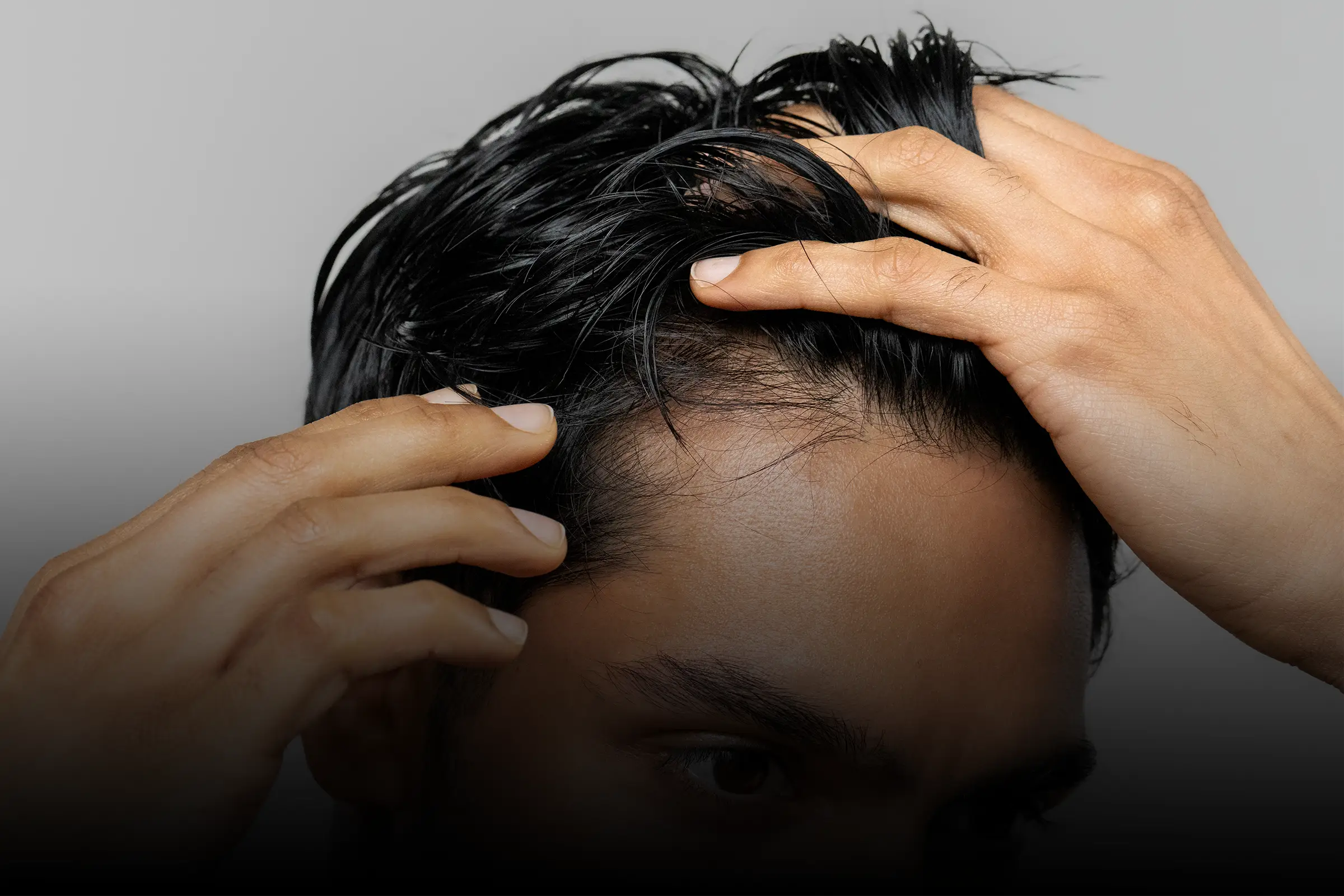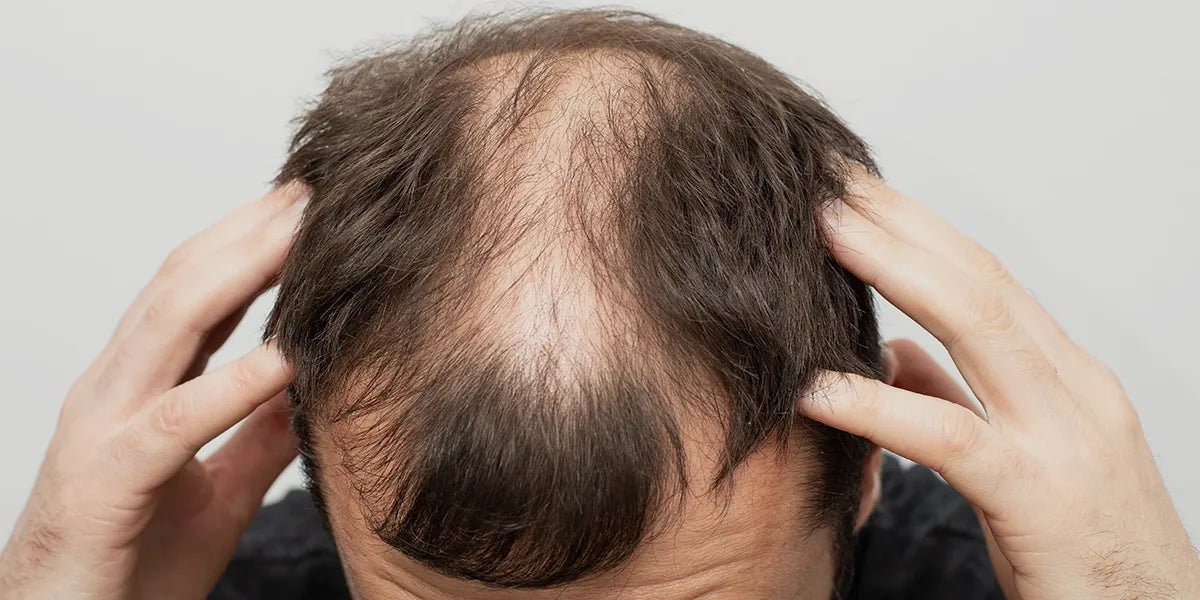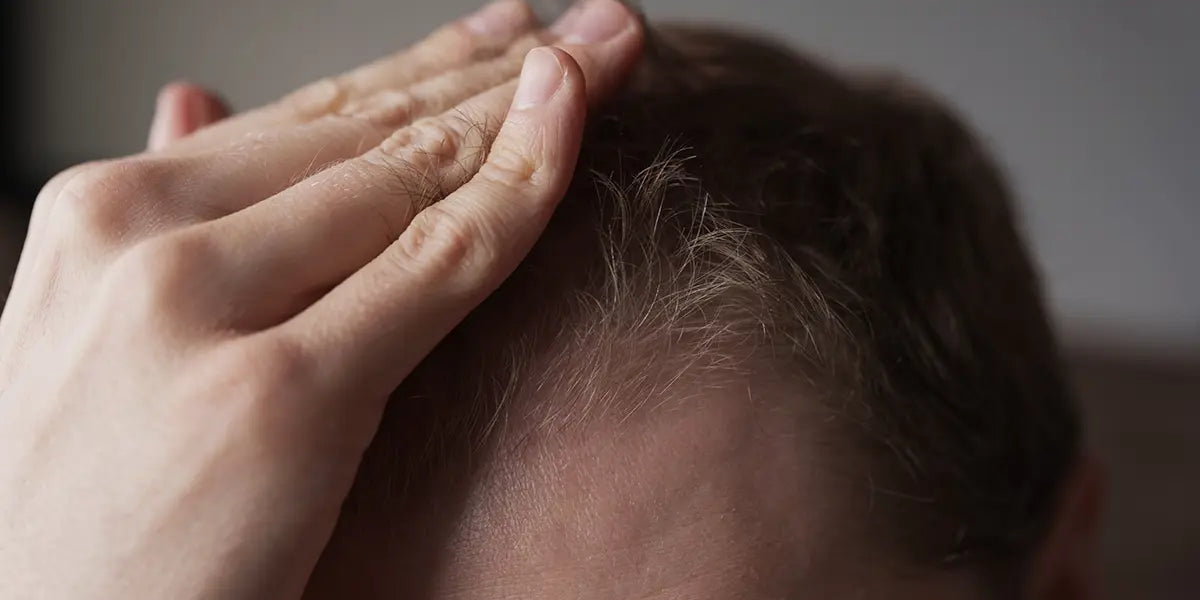For some hair loss patients, the best option to treat their hair loss is a surgical hair transplant. You may be wondering whether you still need to take finasteride after a hair transplant. In this article, we’ll review the reasons for starting or continuing to take finasteride after a hair transplant and how it can affect the success of your hair restoration procedure.
Finasteride after hair transplant: Do I have to take it?
Every patient is evaluated on a case-by-case basis, but many hair transplant surgeons do recommend taking finasteride after a hair transplant. This is because finasteride can help maintain and regrow hair. In a clinical study comparing finasteride to placebo in men who had received hair transplants for male pattern hair loss, those who were given the active drug saw greater improvements in hair density in surgical and surrounding areas (Leavitt et al., 2005).
The reasons for this come down to genetics. Hair follicles located in certain parts of the scalp are more prone to the effects of the hormone dihydrotestosterone (DHT). These hair follicles are usually concentrated along the hairline and the top of the head (i.e. the crown), which are also areas where thinning is most apparent. Hairs located in other areas of the scalp, such as the occipital region, are less susceptible to DHT and therefore more resistant to its effects (Urysiak-Czubatka et al., 2014). This is why hairs from this region are selected for hair transplants.
Greater resistance to the effects of DHT does not necessarily make these hairs immune to hormonal hair loss. It may simply occur at a much slower rate. Taking finasteride after a hair transplant can help ensure that transplanted hair follicles continue to produce healthy hairs, for as long as possible and importantly, prevent further progression of hair loss in untreated areas.
XYON's finasteride solutions that are easy to use and effective. Connect with an expert to learn about your options.
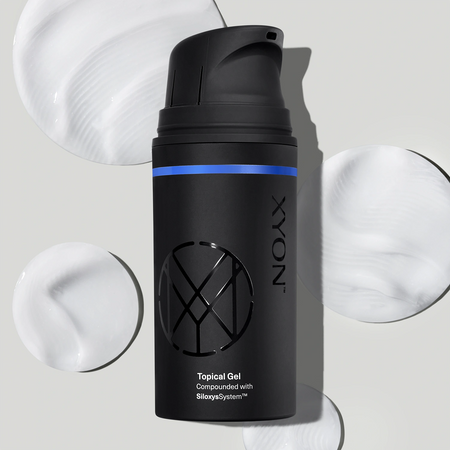

Using finasteride after a hair transplant is important for maximizing your results.
How long do you have to take finasteride after a hair transplant?
You may need to take finasteride indefinitely following a hair transplant to maintain your results. Of course, this would depend on your tolerance to the medication and the absence of any adverse effects in the short and long-term. We recommend that you consult with your hair transplant surgeon to understand what your treatment duration may need to be.
You could be prescribed either an oral or topical form of finasteride. Your hair transplant surgeon will determine which of these options would be ideal for you. If you’re prescribed topical finasteride, they’ll provide advice on how and where to apply your treatment and when to start application in order to allow the surgical area time to heal.
Can I have a hair transplant without finasteride?
The answer to this depends on your hair transplant surgeon and their assessment of your case of hair loss. For the reasons identified above, you may not see the best results if you choose not to take finasteride after your procedure. Following your transplant, you could see a dramatic cosmetic improvement as a result of hair growth in the areas the procedure has targeted. But a major concern may be whether pre-existing hair in or around the transplanted areas can be sustained without the use of finasteride.
If you undergo a hair transplant without taking finasteride, it’s possible that hairs in non-transplanted areas will continue to thin over time. This can lead to an undesirable cosmetic result where hairs in the surgical area may be much denser than surrounding areas.
Finasteride after hair transplant: Takeaway
Hair transplants can produce dramatic results in patients experiencing androgenetic alopecia. But to make the most of these procedures, it may be necessary to take finasteride. The main benefits of finasteride use after a transplant are the maintenance of hair growth in areas around treated regions of the scalp and support of new growth in transplanted follicles. If your hair loss treatment plan includes a hair transplant, be sure to talk to your surgeon about the need to use finasteride.
